Home>Furniture & Design>Outdoor Furniture>What Is The Difference Between Indoor And Outdoor Basketball
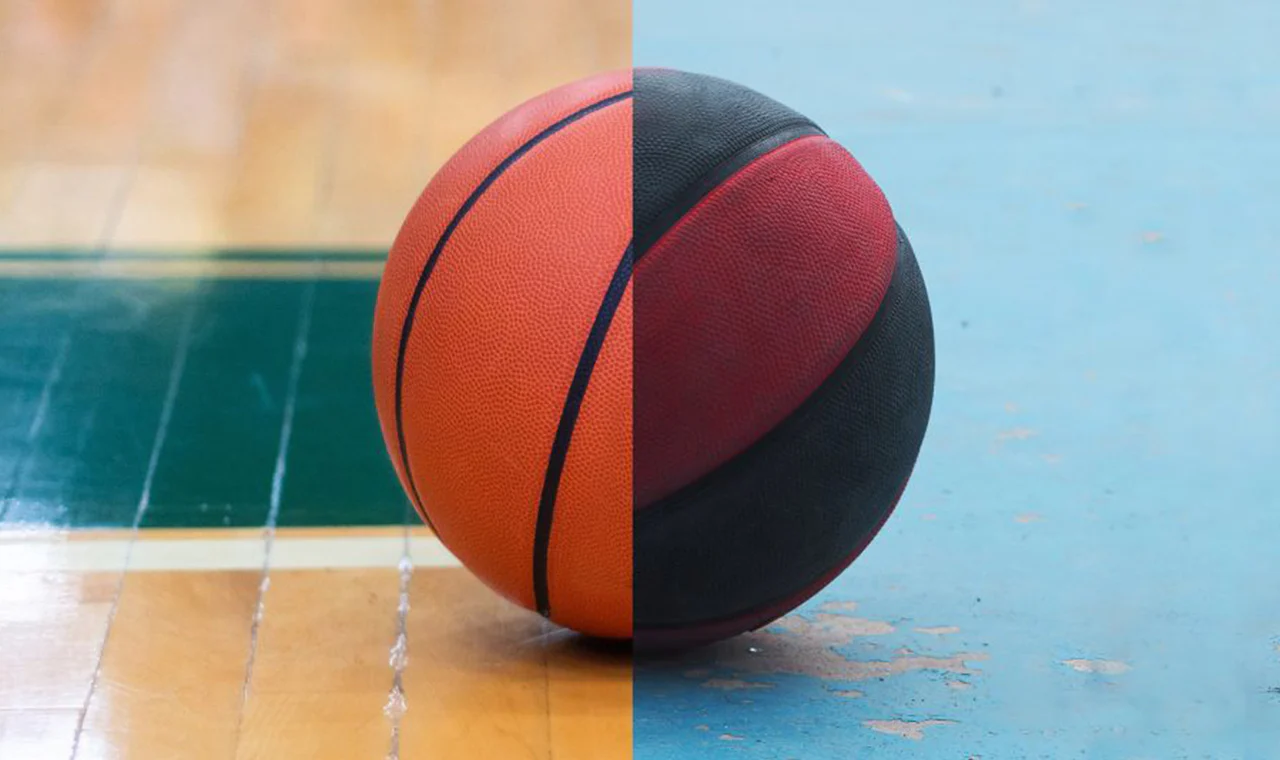

Outdoor Furniture
What Is The Difference Between Indoor And Outdoor Basketball
Modified: October 20, 2024
Discover the variances between indoor and outdoor basketball to enhance your understanding of the game. Explore the differences in equipment, playing style, and more.
(Many of the links in this article redirect to a specific reviewed product. Your purchase of these products through affiliate links helps to generate commission for Storables.com, at no extra cost. Learn more)
**
Introduction
**
Basketball is a sport that has captured the hearts of millions around the world. Whether played competitively or recreationally, the game offers an exhilarating experience that brings people together. However, the setting in which basketball is played can significantly impact the dynamics of the game. The distinction between indoor and outdoor basketball goes beyond the physical environment; it encompasses various elements that influence the players' experience, skill development, and overall gameplay. In this article, we will delve into the key differences between indoor and outdoor basketball, shedding light on the unique characteristics of each setting. From the playing surface and equipment to the impact of environmental factors, we will explore how these distinctions shape the game and the players' approach to it. Whether you are a seasoned basketball enthusiast or a newcomer to the sport, understanding these differences can deepen your appreciation for the game and enhance your playing experience. So, let's embark on a journey to unravel the nuances of indoor and outdoor basketball and gain insights into the distinct worlds they offer.
**
Key Takeaways:
- Indoor basketball is all about precision and teamwork on smooth floors, while outdoor basketball is about adapting to rough courts and unpredictable weather, showcasing creativity and resilience.
- The different environments of indoor and outdoor basketball shape the game experience, from equipment to skill development, offering players diverse and enriching opportunities to enjoy the sport.
Playing Surface
**
The playing surface stands as one of the most prominent distinctions between indoor and outdoor basketball. Indoor basketball is typically played on polished hardwood floors, providing a smooth and consistent surface for players to showcase their skills. The hardwood surface allows for precise dribbling, swift movements, and reliable traction, enabling players to execute intricate footwork and maneuvers with confidence. Additionally, the consistent bounce of the ball on the hardwood floor facilitates precise passing and shooting, contributing to the fluidity and speed of the game.
In contrast, outdoor basketball is commonly played on asphalt or concrete courts, which present a stark contrast to the polished hardwood floors of indoor settings. The rugged texture of outdoor courts can pose challenges for players, as it may impede smooth dribbling and require adjustments in footwork due to variations in surface irregularities. Furthermore, the outdoor surface can affect the bounce of the ball, leading to unpredictable trajectories and requiring players to adapt their playing style to accommodate these differences. Despite these challenges, outdoor courts offer a distinct charm and a sense of raw authenticity, embodying the grassroots spirit of the game.
Moreover, the outdoor environment introduces elements such as wind and weather conditions, which can further influence the dynamics of the playing surface. Wind gusts may affect the trajectory of the ball during passes and shots, adding an unpredictable element to the game. Additionally, outdoor courts may become slick during or after rainfall, impacting players' movements and requiring heightened adaptability.
Ultimately, the playing surface serves as a defining factor in distinguishing indoor and outdoor basketball, shaping the players' experience and necessitating different approaches to maneuvering and executing plays. While indoor courts offer a controlled and consistent environment, outdoor courts present a blend of challenges and a unique connection to the outdoor elements, adding an element of unpredictability and adaptability to the game.
**
Equipment
**
When it comes to basketball, the equipment used in indoor and outdoor settings plays a pivotal role in shaping the game experience. In indoor basketball, players typically utilize specialized basketball shoes designed for hardwood surfaces. These shoes offer exceptional traction, support, and cushioning, catering to the demands of swift movements, sudden stops, and precise footwork on the smooth indoor courts. The design of indoor basketball shoes prioritizes agility and responsiveness, allowing players to capitalize on the consistency of the playing surface.
On the other hand, outdoor basketball necessitates a different approach to footwear. Outdoor courts, often constructed with asphalt or concrete, require basketball shoes with durable, rugged soles that can withstand the abrasive nature of the outdoor surface. These shoes provide enhanced durability and traction, ensuring that players can navigate the rough terrain and maintain stability while making quick cuts and movements. Additionally, outdoor basketball shoes are engineered to offer superior impact protection, guarding against the unforgiving nature of outdoor courts.
Beyond footwear, the basketball itself represents another crucial aspect of equipment differentiation between indoor and outdoor play. Indoor basketballs are designed to deliver optimal grip and ball control on smooth hardwood surfaces. These balls feature a consistent bounce and are crafted with high-quality materials to accommodate the demands of indoor gameplay, including precise passing, shooting, and dribbling.
Conversely, outdoor basketballs are tailored to withstand the rigors of rough outdoor courts. These balls are constructed with durable rubber or composite materials, offering resilience against the abrasive nature of outdoor surfaces. The texture and design of outdoor basketballs prioritize durability and all-weather performance, ensuring that they can endure the elements and maintain their quality and grip over extended use on outdoor courts.
Furthermore, the attire worn by players in indoor and outdoor basketball settings may also differ to accommodate the distinct environmental conditions and playing surfaces. While indoor games often see players donning lightweight, breathable uniforms suitable for climate-controlled indoor arenas, outdoor basketball may call for attire that provides protection from the elements, such as sun exposure or inclement weather.
Overall, the equipment utilized in indoor and outdoor basketball reflects the unique demands of each setting, encompassing footwear, basketballs, and attire tailored to optimize performance and durability in their respective environments.
**
Rules and Regulations
**
While the fundamental principles of basketball remain consistent across indoor and outdoor settings, certain rules and regulations may vary to accommodate the distinct characteristics of each environment. In indoor basketball, adherence to standardized rules is facilitated by the controlled and regulated nature of the playing space. The dimensions of the court, the height of the hoops, and the layout of boundary lines are meticulously maintained to align with official regulations, ensuring uniformity and consistency in gameplay.
Moreover, indoor basketball often incorporates shot clocks to regulate possession time, fostering a fast-paced and dynamic style of play. The presence of referees and scoreboards further contributes to the structured and officiated nature of indoor games, upholding the integrity of the sport and ensuring fair competition.
In contrast, outdoor basketball may exhibit a more flexible approach to rules and regulations, reflecting the informal and community-oriented spirit of street basketball. While the core rules of the game remain intact, the enforcement of certain regulations, such as shot clock violations or court dimensions, may vary based on the informal nature of outdoor play. This flexibility allows for a more organic and adaptive style of gameplay, fostering creativity and improvisation among players.
Furthermore, the physical boundaries of outdoor courts, often delineated by natural or makeshift markers, may introduce nuanced interpretations of out-of-bounds and boundary rules, adding a distinctive element to outdoor basketball. Additionally, the absence of formal referees in outdoor settings places a greater emphasis on self-regulation and sportsmanship among players, contributing to a unique and communal atmosphere.
It is important to note that while the core rules of basketball remain consistent across indoor and outdoor settings, the approach to enforcing and interpreting these rules may vary, reflecting the structured nature of indoor play and the adaptable, community-driven dynamics of outdoor basketball.
**
When playing indoor basketball, the court surface is usually smooth and the ball bounces consistently. Outdoor basketball courts can have rough surfaces and the wind can affect the ball’s trajectory, so adjust your game accordingly.
Physical Demands
**
The physical demands placed on basketball players differ significantly between indoor and outdoor settings, shaping the way the game is approached and executed. In indoor basketball, the controlled environment and consistent playing surface allow players to focus on precision, agility, and refined movements. The hardwood floors of indoor courts facilitate swift cuts, explosive bursts of speed, and intricate footwork, demanding a high level of agility and coordination from players.
Furthermore, the climate-controlled indoor arenas provide an optimal environment for sustained, high-intensity gameplay, enabling players to showcase their endurance and athleticism throughout the duration of the game. The absence of external factors such as wind, rain, or extreme temperatures allows for a more predictable and controlled physical experience, emphasizing the technical and strategic aspects of the game.
Conversely, outdoor basketball presents a distinct set of physical demands, influenced by the rugged playing surface and exposure to natural elements. The uneven terrain of outdoor courts requires players to adapt to the unpredictable surface, incorporating adjustments in balance and footwork to navigate the challenges posed by asphalt or concrete surfaces. This dynamic environment fosters a style of play that embraces adaptability, resilience, and improvisation, as players must contend with the inherent variability of outdoor conditions.
Moreover, the exposure to outdoor elements introduces additional physical demands, such as managing the effects of varying weather conditions and adapting to the impact of wind on shooting and passing. Players engaged in outdoor basketball may also encounter fluctuations in temperature and sunlight exposure, requiring adjustments in hydration, endurance, and sun protection to sustain performance throughout the game.
Ultimately, the physical demands of basketball differ significantly between indoor and outdoor settings, with indoor play emphasizing precision, agility, and sustained intensity, while outdoor basketball calls for adaptability, resilience, and the ability to contend with the unpredictability of natural elements and rugged playing surfaces.
**
Skill Development
**
The variances between indoor and outdoor basketball environments significantly impact the skill development of players, influencing the nuances of their playing styles and the areas in which they focus their training efforts. In indoor basketball, the controlled and consistent playing surface fosters a style of play that emphasizes precision, agility, and refined technique. Players often hone their dribbling, passing, and shooting skills with a focus on intricate footwork and strategic positioning, leveraging the reliable bounce and traction provided by hardwood floors to execute plays with precision.
Furthermore, the structured nature of indoor basketball, characterized by regulated game time, shot clocks, and formal officiating, cultivates a strategic and disciplined approach to skill development. Players are encouraged to refine their decision-making, court awareness, and teamwork within the controlled confines of the indoor arena, fostering a style of play that prioritizes tactical execution and cohesive team dynamics.
On the other hand, outdoor basketball engenders a distinct approach to skill development, shaped by the improvisational and adaptive nature of street basketball. The rugged playing surface and exposure to natural elements prompt players to focus on developing versatile skills that accommodate the unpredictable outdoor environment. Dribbling techniques may emphasize ball control in varied terrain, shooting skills may adapt to account for wind and surface irregularities, and defensive strategies may center on agility and reactive positioning.
Additionally, the informal and communal atmosphere of outdoor basketball encourages players to explore creativity, individual flair, and unconventional playing styles, fostering a diverse range of skill development approaches. The absence of formal regulations and the emphasis on self-expression in outdoor play provide players with the freedom to experiment, innovate, and cultivate their unique strengths and playing identities.
Ultimately, the differences between indoor and outdoor basketball environments influence the trajectory of skill development, with indoor play emphasizing precision, disciplined strategy, and technical proficiency, while outdoor basketball encourages adaptability, creativity, and a diverse range of playing styles.
**
Environmental Factors
**
Environmental factors play a pivotal role in distinguishing the experiences of indoor and outdoor basketball, encompassing elements that extend beyond the physical confines of the court and significantly impact the dynamics of the game. In indoor basketball, the climate-controlled environment of arenas and gymnasiums ensures a consistent and predictable setting for gameplay. The absence of external elements such as wind, rain, or extreme temperatures cultivates a controlled and regulated atmosphere, allowing players to focus on executing plays with precision and agility.
Moreover, indoor basketball venues offer optimal lighting conditions, ensuring clear visibility and minimizing the impact of external factors on player performance. The controlled indoor environment contributes to a standardized and uniform experience, fostering a style of play that emphasizes technical proficiency, strategic execution, and sustained intensity throughout the game.
Conversely, outdoor basketball introduces a diverse array of environmental factors that add an element of unpredictability and adaptability to the game. The exposure to natural elements, such as wind and varying weather conditions, can significantly influence the trajectory of the ball during passes and shots, prompting players to adjust their playing style in response to these external forces.
Furthermore, the impact of sunlight and temperature fluctuations in outdoor settings necessitates player adaptation, influencing considerations such as hydration, sun protection, and endurance management. The rugged playing surface of outdoor courts, often subject to variations in texture and terrain, introduces an additional layer of environmental variability that shapes the style of play and skill development in outdoor basketball.
Additionally, the communal and informal nature of outdoor basketball environments fosters a sense of connection to the surrounding community, infusing the game with a distinct social and cultural significance. Street basketball, often played in outdoor settings, embodies a rich tradition of community engagement, self-expression, and inclusivity, reflecting the influence of environmental factors on the cultural and social dimensions of the game.
Ultimately, the interplay of environmental factors distinguishes indoor and outdoor basketball, shaping the style of play, skill development, and cultural significance of the game in each setting. While indoor basketball offers a controlled and regulated environment conducive to technical precision and strategic execution, outdoor basketball embraces adaptability, creativity, and a deep connection to the surrounding community and natural elements.
**
Conclusion
**
As we conclude our exploration of the differences between indoor and outdoor basketball, it becomes evident that each setting offers a distinct and enriching experience, contributing to the multifaceted tapestry of the sport. The playing surface, equipment, rules and regulations, physical demands, skill development, and environmental factors collectively shape the unique characteristics of indoor and outdoor basketball, influencing the style of play, skill development, and cultural significance of the game in each environment.
Indoor basketball, with its polished hardwood floors, climate-controlled arenas, and regulated gameplay, fosters a style of play that prioritizes precision, agility, and technical proficiency. The controlled environment of indoor settings provides a platform for strategic execution, disciplined teamwork, and sustained intensity, shaping the skill development and cultural dynamics of the game within these confines.
Conversely, outdoor basketball, played on rugged courts amid the embrace of natural elements, embodies a spirit of adaptability, creativity, and community engagement. The unpredictable nature of outdoor environments cultivates a style of play characterized by resilience, improvisation, and diverse skill development, reflecting the influence of environmental factors and communal traditions on the game.
While indoor basketball thrives within the structured confines of arenas and gymnasiums, outdoor basketball flourishes in the open air, embodying a rich tradition of street basketball and community connection. The distinct nuances of each setting contribute to the versatility and enduring appeal of basketball, offering players and enthusiasts a diverse range of experiences and opportunities for engagement.
Whether navigating the polished courts of indoor arenas or embracing the raw authenticity of outdoor settings, basketball enthusiasts are presented with a dynamic and multifaceted sport that transcends the boundaries of playing surfaces and environments. The interplay of precision and adaptability, technical proficiency and creativity, and structured gameplay and communal traditions underscores the enduring allure of basketball, ensuring that the sport continues to captivate players and fans across diverse settings and cultures.
Frequently Asked Questions about What Is The Difference Between Indoor And Outdoor Basketball
Was this page helpful?
At Storables.com, we guarantee accurate and reliable information. Our content, validated by Expert Board Contributors, is crafted following stringent Editorial Policies. We're committed to providing you with well-researched, expert-backed insights for all your informational needs.
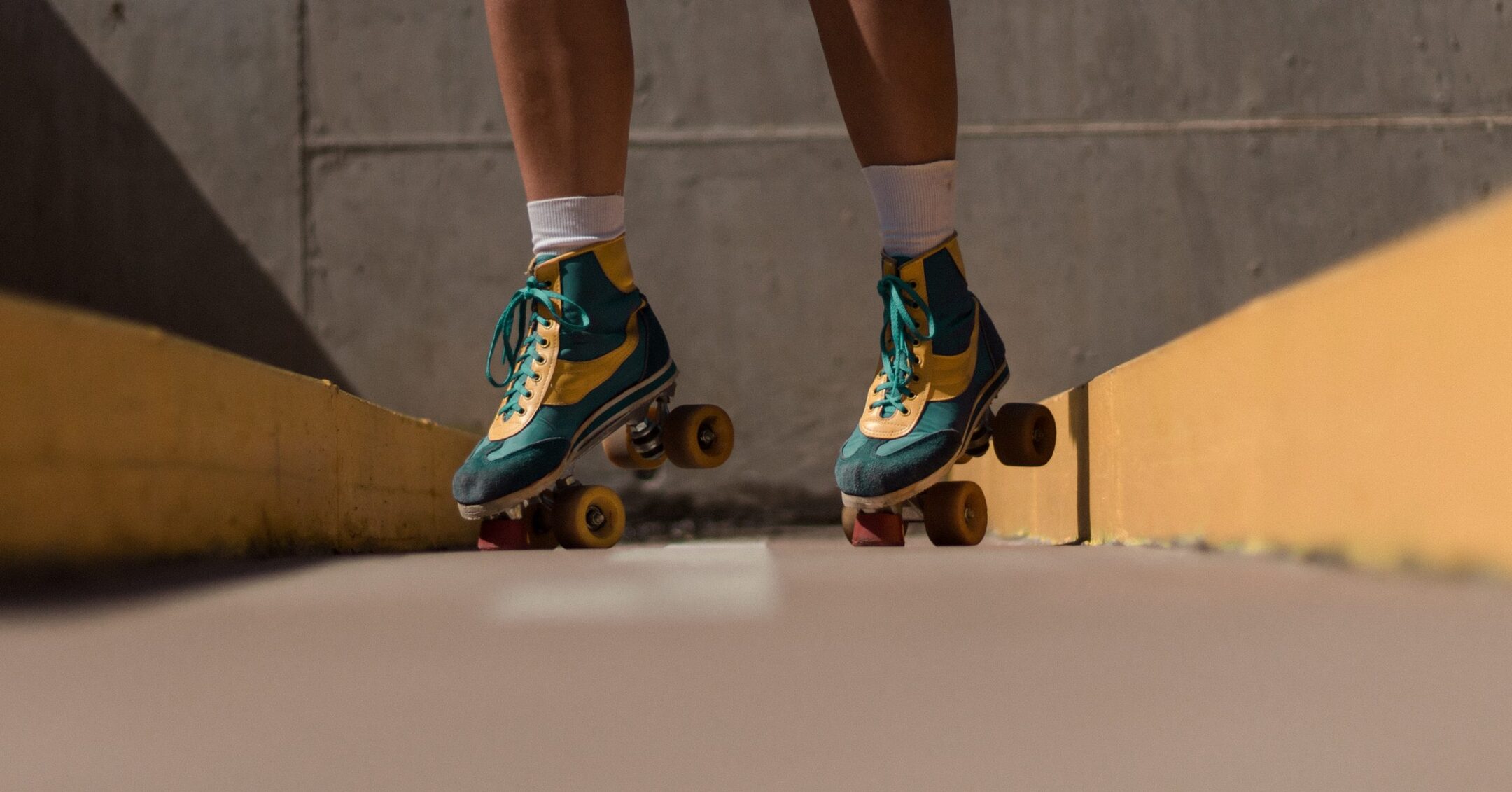
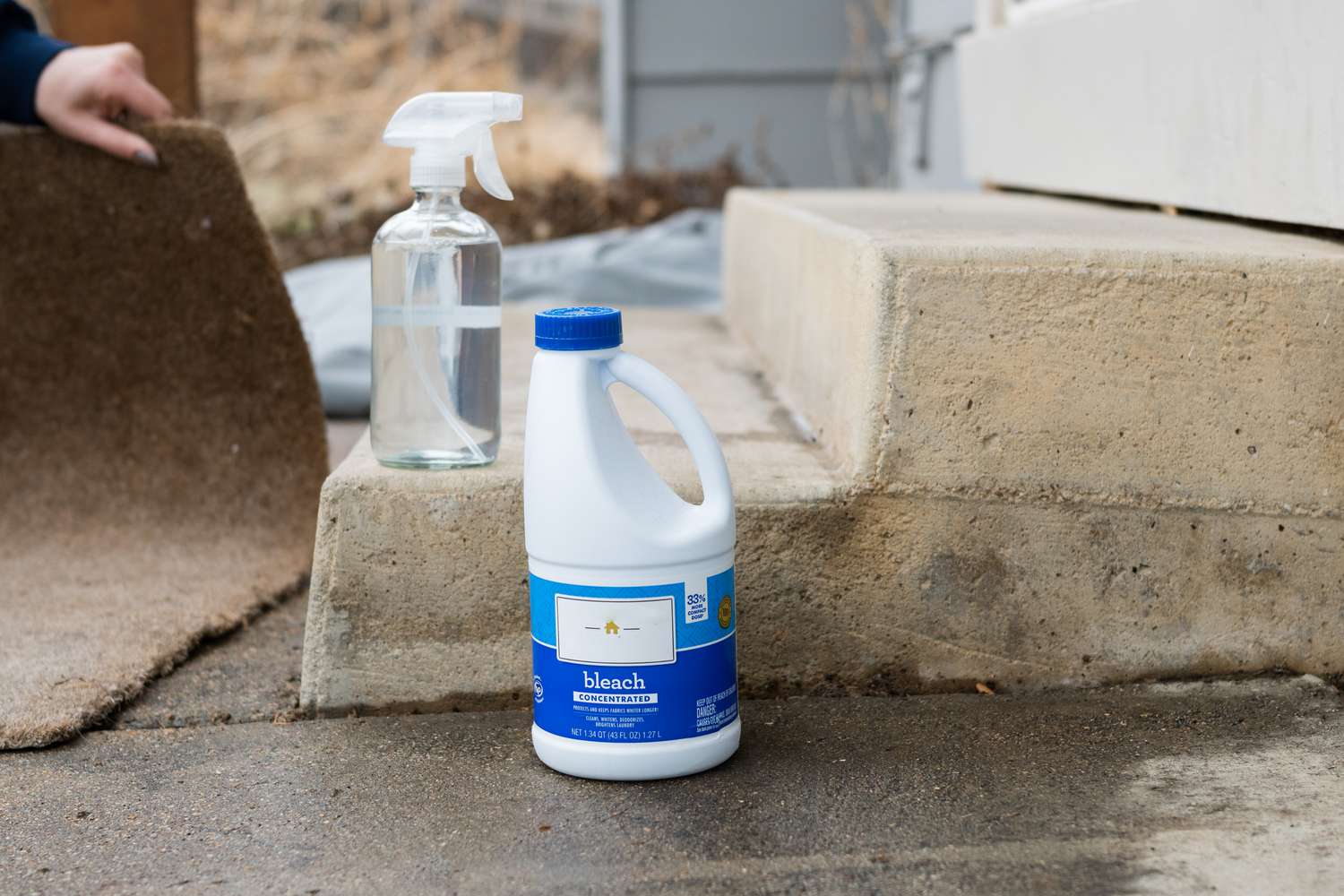
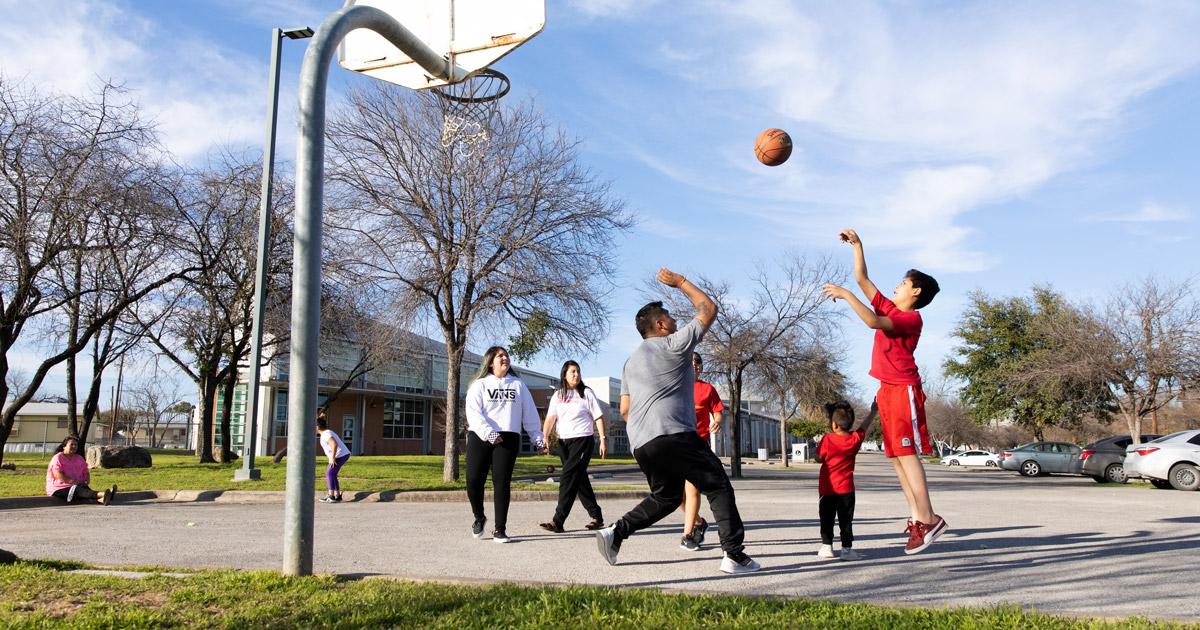






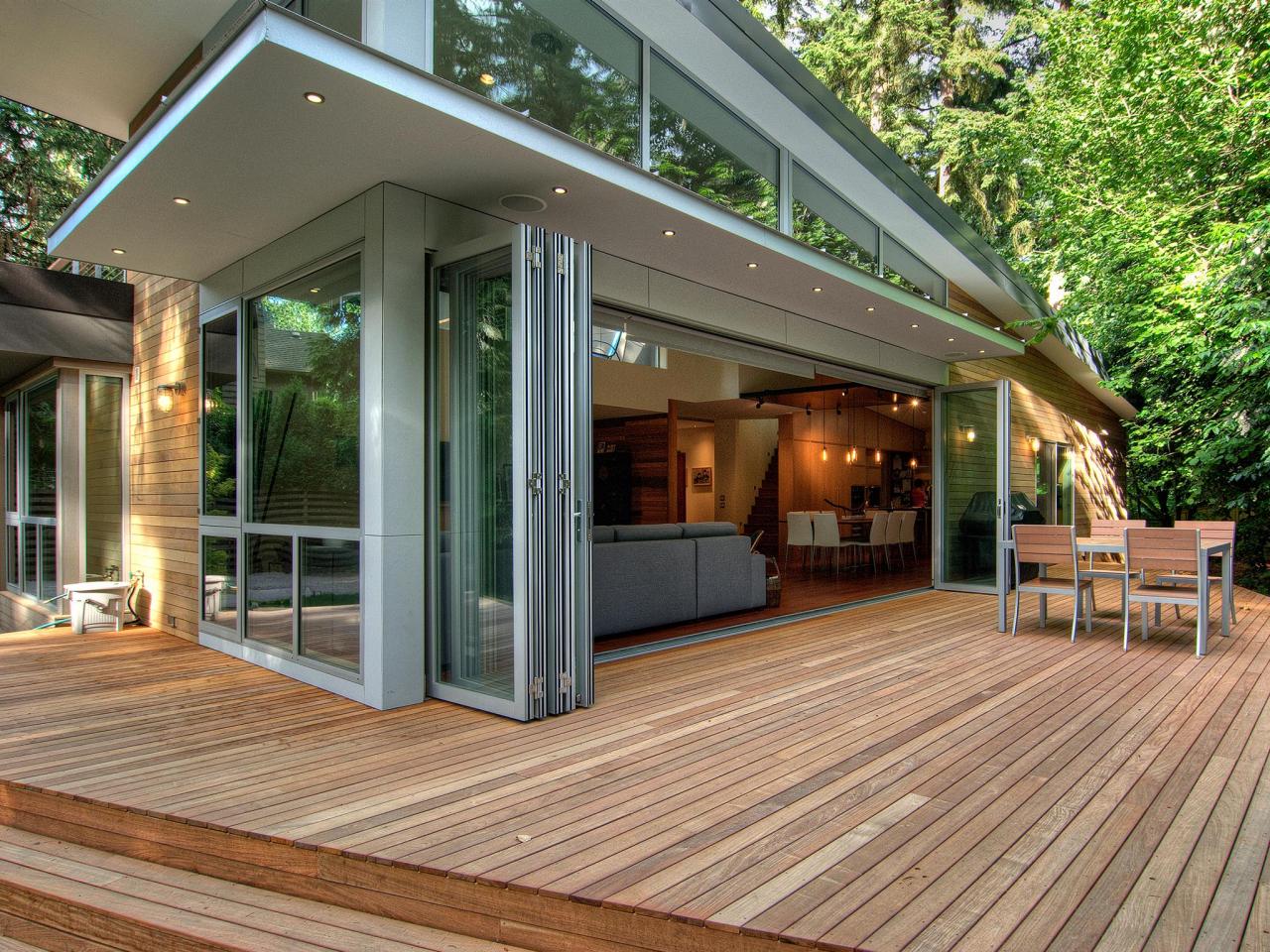

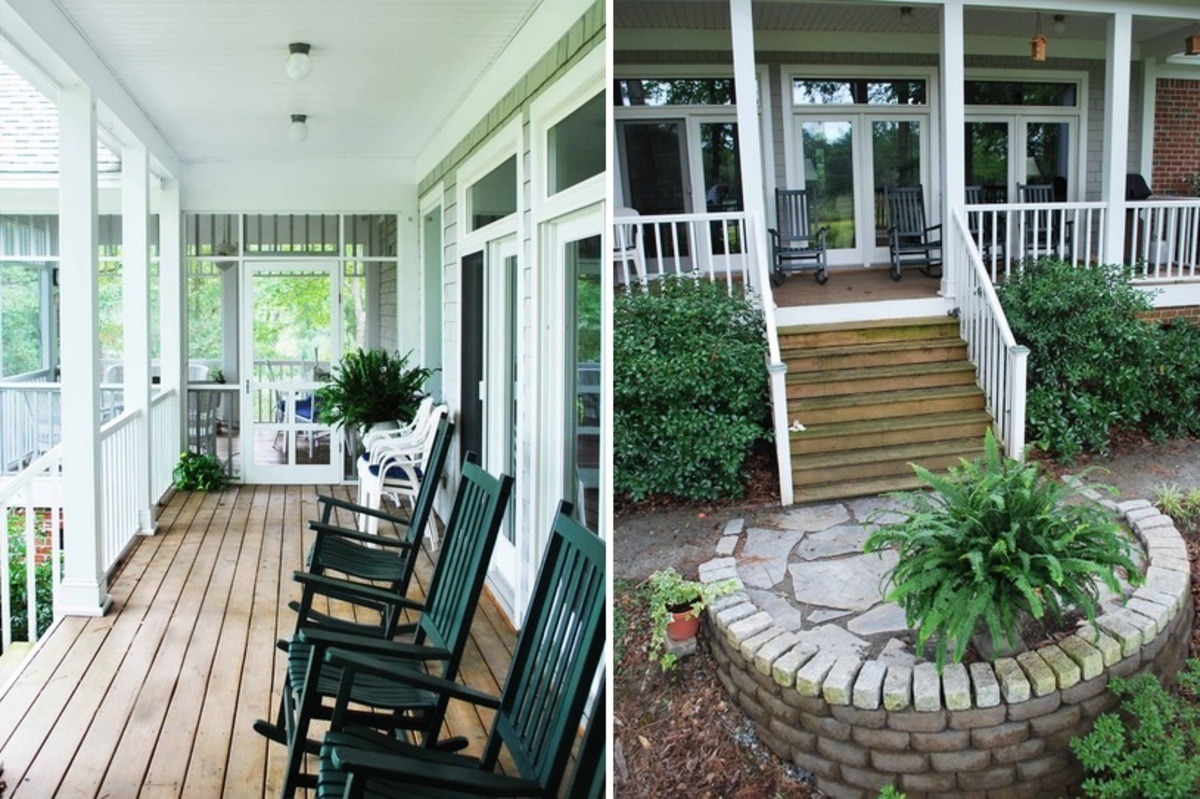

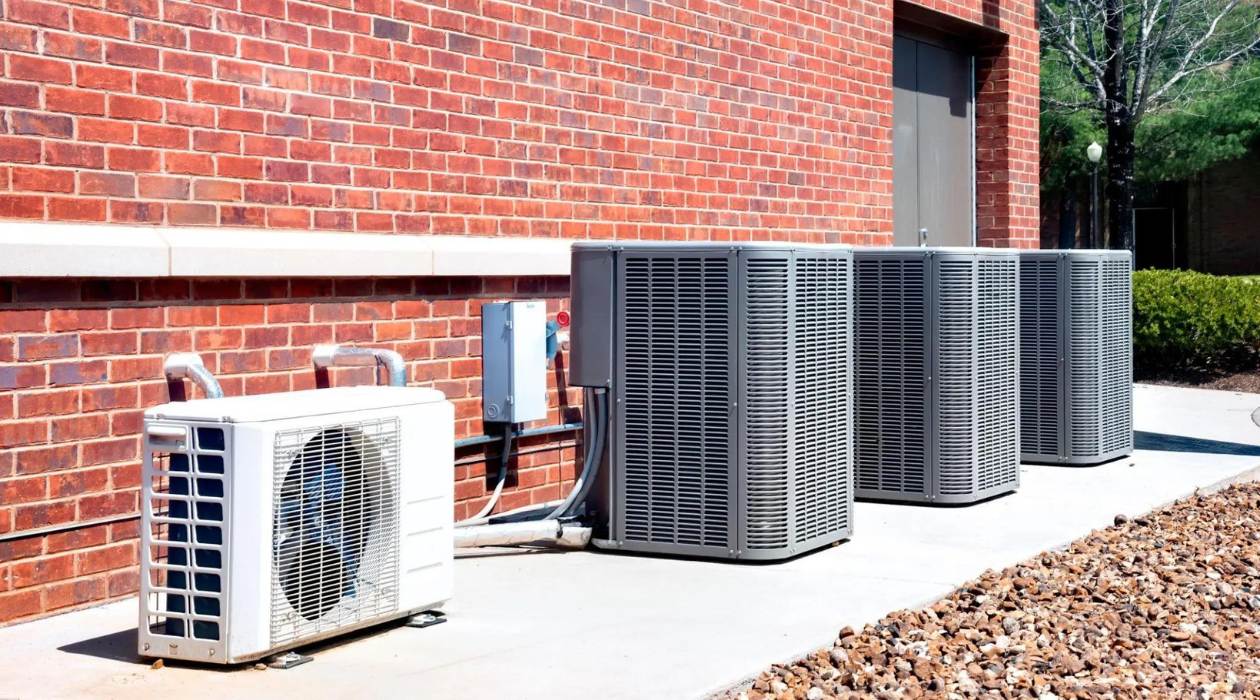

0 thoughts on “What Is The Difference Between Indoor And Outdoor Basketball”